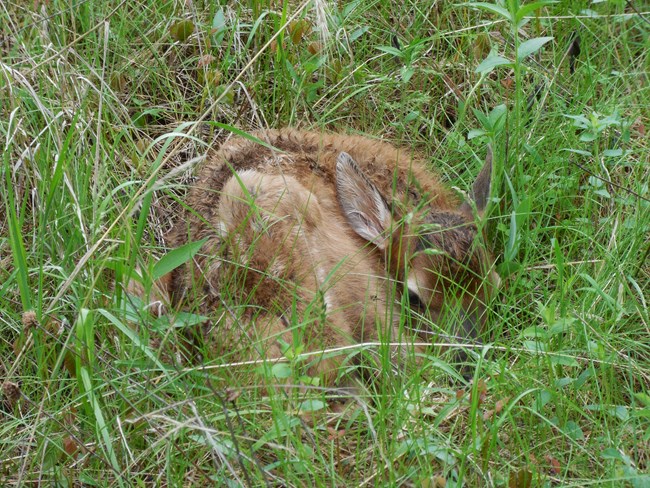
NPS photo / Peelee Clark Fast Facts

NPS Photo Mating Season and the BugleIn September and October, bull elk make a loud, wailing bugle that marks the beginning of mating season. This time is also known as elk rut. The word rut is derived from the Latin word meaning roar. Bull elk compete with one another for the rights to breed and defend a group of females called a harem.
Reintroduction and ManagementElk were extirpated from South Dakota by the late 1800's, but were re-introduced to Wind Cave in 1914 and 1916 with 42 elk from Jackson Hole Wyoming and Yellowstone National Park. Almost a century later the herd grew to several hundred and was used to re-establish herds throughout the United States.Chronic Wasting Disease (CWD) is a neurological disease that is spread by animal contact with saliva, feces, and urine causing death in all deer species that contract the disease. CWD spread to the Wind Cave elk and deer herds from an adjacent private elk herd in 2003. Since that time, the park has been researching and managing for CWD. Periodic culling operations continue to maintain the elk herd at a level that will reduce animal to animal contact and maintain healthy vegetation. Meat that tests negative for CWD is donated to Feeding South Dakota or tribal partners.
More About Elk in National Parks |
Last updated: May 26, 2024
